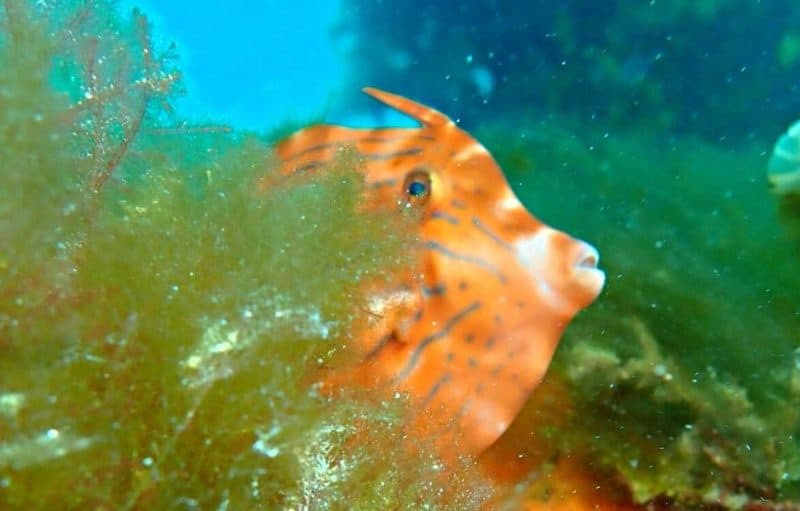NEWS 16 December 2021 |
The Victorian State of the Environment (SOE) Biodiversity Update 2021 Report was released this week.
In short, the report only reinforces the need for more government action to stop ecosystem decline.
The report assesses Victoria’s management and care of natural areas, native species and control of invasive species against 43 indicators.
The report showed the continued deterioration of Victoria’s natural places and native plants and animals.
The size and severity of the 2019/20 bushfires and their impact on Victoria’s ecosystems and wildlife was a key reason this SOE update was undertaken.
The devastating impact the “Black Summer” bushfires have had on forest-dependent wildlife was highlighted, along with the importance of unburnt forest areas as critical for species recovery and genetic rescue in some cases.
Of the 43 indicators, 37 were assessed for status. Most 70% (26) were considered poor, 16% (6) were consider fair and 1% were unknown. In terms of trends of 43 indicators, most were deteriorating or unclear and only one was improving.
Other findings include:
- Up to 30 plant species could be threatened because of the damage caused by the 2019–20 bushfires, and some could become extinct.
- Forest-dependent threatened species are continuing to experience declines in abundance due to habitat loss, bushfires and drought
- With large areas of forest severely impacted by fire, those areas that remain unburnt are now more critical to species recovery as refuges and genetic storehouses for genetic rescue.
- The 2019–20 bushfires mostly burnt across areas of high biodiversity value. Many species and ecological communities impacted might require reassessment of their conservation status and could in future be added to the Flora and Fauna Guarantee Threatened List.
- Rainforest communities are sensitive to climate change, were severely impacted by the 2019–20 bushfires and could take decades or longer to recover
- Net gain in the extent of native vegetation revealed an ongoing net loss, statewide.
- Biodiversity 2037 has five-yearly milestone targets for each of its key indicators. The initial data suggest that except for weed and pest control, considerable effort will be needed to meet the 2022–23 milestone targets.
The report highlighted the After the Fires report put together by the Victorian National Parks Association and community conservation groups in East Gippsland and reiterated its points to protect unburnt refuges as critical habitat.
Some of the key challenges highlighted by the report and raised frequently by us include:
- Various investment programs across multiple land management units have created different, inconsistent data sources and terminologies for reporting on the state of biodiversity, land and forest assets in Victoria.
- Data is inadequate to answer many of the critical questions about biodiversity science in Victoria.
- Victoria’s biodiversity science and data capability are undermined by a lack of coordination and a strategic approach to investing in the critical research that will enable an ecosystems approach to decision making and policy interventions.
The Report used data received from various government departments, along with community groups such as Trust for Nature.
The next complete Victorian State of the Environment Report is due in 2023.
